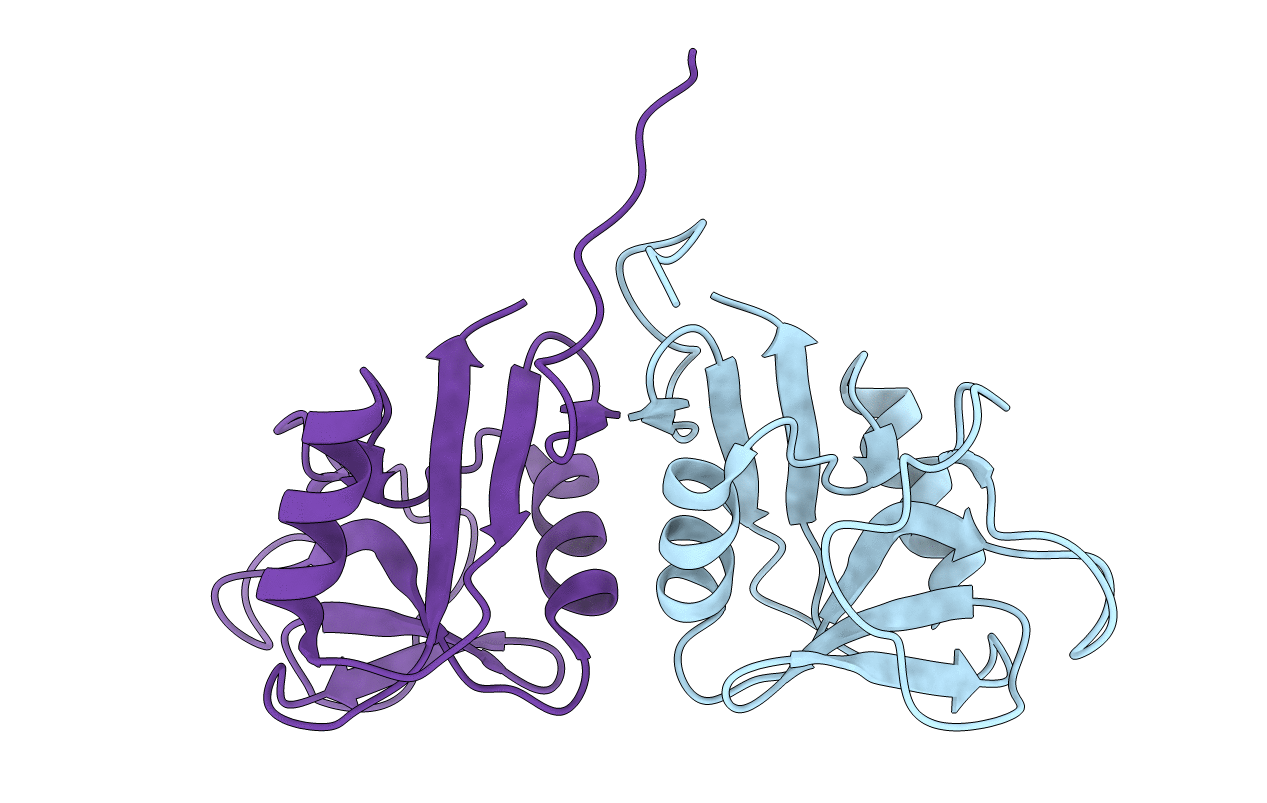
Deposition Date
2011-05-02
Release Date
2012-05-02
Last Version Date
2024-11-06
Method Details:
Experimental Method:
Resolution:
1.94 Å
R-Value Work:
0.18
R-Value Observed:
0.18
Space Group:
P 21 21 2


